EFs & BSFLs in 1 Box (Does This Work?)
steamyb
14 years ago
Related Stories
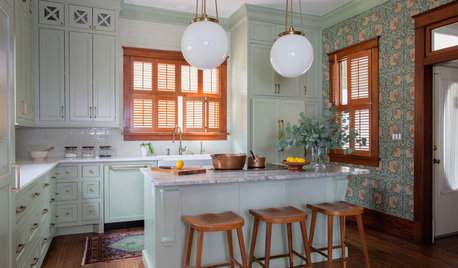
KITCHEN OF THE WEEKKitchen of the Week: Goodbye, Honey Oak — Hello, Minty Green
After more than 30 years, the Kloesels revamped their space to reflect their rural country town and Victorian-style home
Full Story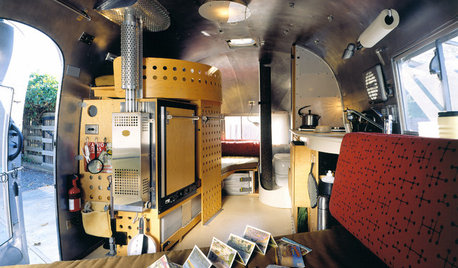
DECORATING GUIDESHaul These Fab Airstream Styles Home
Borrow decorating ideas from these 9 space-savvy vintage trailers to polish a small interior that stays put
Full Story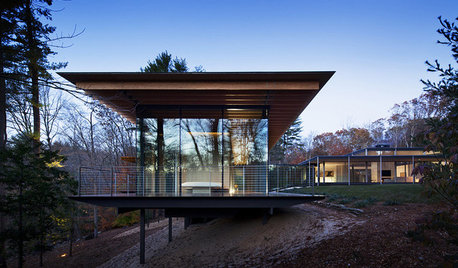
ARCHITECTUREDesign Workshop: How to Make a Home Sit Lightly on the Land
Piers, cantilevers, towers and more can help minimize a home’s environmental impact on its site
Full Story
TRADITIONAL HOMESMy Houzz: Step Inside a Grand 1800s Victorian
A 7,000-square-foot historic estate returns to glory, thanks to loving renovations by a tireless Texas couple
Full Story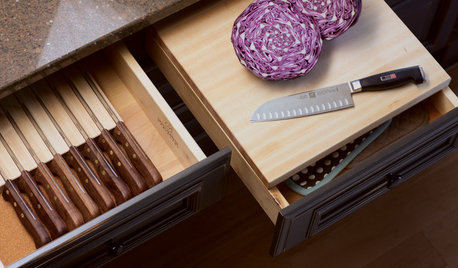
KITCHEN STORAGEKnife Shopping and Storage: Advice From a Kitchen Pro
Get your kitchen holiday ready by choosing the right knives and storing them safely and efficiently
Full Story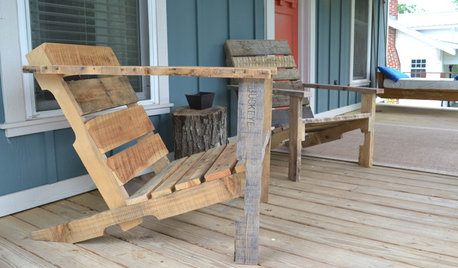
WOODWORKINGBuild Your Own Wooden Deck Chair From a Pallet — for $10!
Take the ecofriendly high road with a low-cost outdoor chair you make yourself
Full Story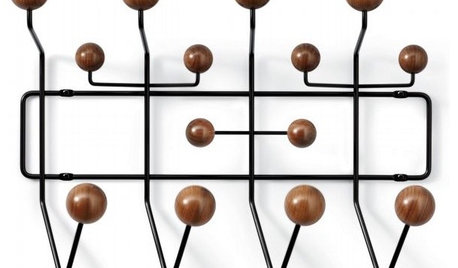
40 Stylish Gifts for Modern Men
Houzz Gift Guide 2010: What to Buy for the Guy Who Has (Almost) Everything
Full Story
HOUZZ TOURSMy Houzz: Austin Family Breathes New Life Into an Old Bungalow
Homeowners brighten up their 1948 fixer-upper with new floors, marble countertops and so much more
Full Story
MOST POPULARHouzz Tour: Gracious Older Home Updated for a Young Family
A Texas designer lightens up and repurposes rooms, creating a welcoming space that suits this family’s casual lifestyle
Full Story
DESIGNER SHOWCASESEscape to a Summer Holiday Fantasy at a Hamptons Show House
Imaginative designs meet philanthropy in a sprawling New York home, in rooms meant to inspire — if not actually live in
Full StoryMore Discussions






boreal_wormer
takadi
Related Professionals
Birmingham Landscape Architects & Landscape Designers · Hyattsville Landscape Architects & Landscape Designers · Saint Louis Park Landscape Architects & Landscape Designers · Severn Landscape Architects & Landscape Designers · Gainesville Landscape Contractors · Barrington Landscape Contractors · El Mirage Landscape Contractors · Lemoore Landscape Contractors · Middletown Landscape Contractors · Palos Verdes Estates Landscape Contractors · Shoreview Landscape Contractors · Soddy Daisy Landscape Contractors · DeRidder General Contractors · Olney General Contractors · Prichard General ContractorssteamybOriginal Author
takadi
steamybOriginal Author
pjames
steamybOriginal Author
boreal_wormer
pjames
pjames
leearnold
pjames
leearnold
steamybOriginal Author
dsfoxx
pjames
steamybOriginal Author
pjames
steamybOriginal Author
steamybOriginal Author